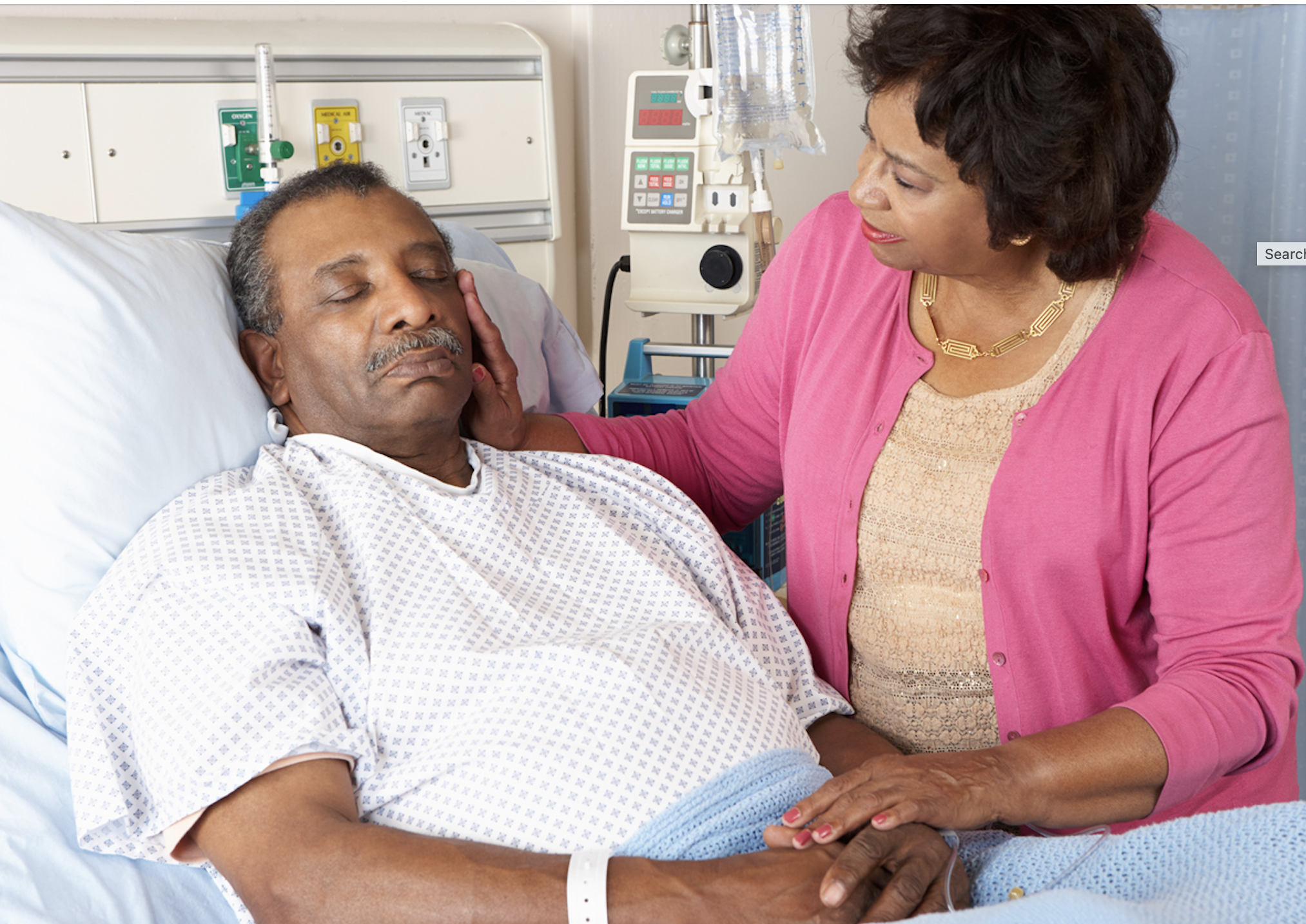Learning Death Literacy: Getting Comfortable About Life’s End
November 29, 2023

For such a universal experience, it’s somewhat shocking that so many of us know so little about what actually happens as death approaches. Most of us have been raised in an era and environment where death happens in a facility or setting apart from everyday life, and frequently those in attendance at the end of life are healthcare professionals rather than ordinary loved ones, who perhaps have the most to cherish- and lose- as a person is dying. While some of us have had the privilege to be at the bedside as a loved one passes away, that’s not a universal experience, nor are the natural processes of death often allowed to take place without some medical intervention prolonging the inevitable. Unfortunately, as Michael Connelly makes clear in his recent book, The Journey’s End: An Investigation of Death and Dying In Modern America, our medical school training posits that death is a failure, most physicians don’t really understand what hospice and palliative care are, our reimbursement system pays for interventions rather than in-depth conversation about end of life options, and half of patients in hospital ICUs die, something that suggests we are misusing medical technology when it comes to end of life care. In essence, as Connelly, makes clear, “death literacy” is a problem in our country. You can read an interview with him here.
What exactly is “death literacy?” Death literacy pertains to understanding what naturally happens to a human body at the end of life and thus being sufficiently well-informed to make choices about end-of-life care. Would more of us choose to enter hospice and accept palliative care before our very final days if we genuinely understood what happens (and were supported in our choices)? The answer is likely yes. While some may wish to fight off death until every stone is unturned and all life-prolonging options are tried, most of us would likely prioritize comfort and companionship with our loved ones if we truly understood what to expect. In fact, in a recent survey of adults in the UK, most people said their top priorities in their last days of life would be to be free of pain, have their symptoms controlled, and have loved ones by their side, yet most had never voiced these wishes to anyone. If you’re hoping that maybe healthcare professionals would tease out this information or discuss it prior to the patient’s final days, you can think again. As the title of one recent article succinctly stated, death literacy among healthcare professionals is dismal.
So in some ways, patients and their families are left to self-educate and advocate for themselves. Scholars and special commissions have set out a vision for how modern societies can better understand the importance and value of death in the life cycle and the critical role that conversations can have in preparing people for the end of life. But those are just ideas at the moment, with little to practically offer an individual family dealing with the final days of their loved one’s life. So how to self-educate? There are numerous articles online that realistically describe the process that a loved one will likely undergo as death approaches and the symptoms you can expect to see or experience. For some examples, read here and here. These are practical guidelines that anyone at the bedside should be able to understand and respond to, especially given that even the best hospice programs only provide a few hours of care each day, so family members take on much of the hands-on responsibility of handling the dying process when it happens at home. For a truly sensitive, honest, and practical guide on how “typical” deaths progress, watch this recent 4-minute video written and narrated by Dr. Kathryn Mannix, a palliative care physician.
We’re also in an era when those who spend their days in the presence of death and dying are sharing the wisdom they’ve acquired. One such person is hospice nurse Hadley Vlahos, author of the recently published bestseller, The In-Between: Unforgettable Encounters During Life’s Final Moments. In her book, on her website, and even on social media (check out her Instagram account here) Ms. Vlahos is a cheerful and knowledgeable companion to hold your hand as you or a loved one enter the final days of life. With a goal of dispelling the usual anxiety around death and dying, she aims to clarify terms, explain natural occurrences and symptoms, and share the insights she’s gained at the bedside of thousands of deaths. You can read a recent interview with her here.
One final work that many have found both soothing and enlightening is the recently published book, How To Say Goodbye by author and artist Wendy MacNaughton. With beautiful illustrations that she drew as the artist in residence of an in-patient hospice program, Ms. MacNaughton tenderly explains to you what will happen, when and how to help, and what to say in the final days. It’s a precious gift for anyone needing to improve their death literacy- or really anyone who will ever experience death.







